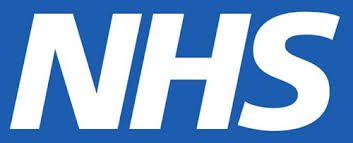The NHS spends about £27 billion every year on goods and services. And for companies and healthcare staff alike, NHS and social care procurement in the UK can feel complex.
The GOV.UK’s webpage ‘partnering with the NHS to sell goods and services’ is a useful resource and you can find information on the five main routes for companies interested in supplying to the NHS.
Below is a short run-through of these routes. There are many other considerations to take and your health innovation network can provide help and signposting to understand the best way to progress.
1. Selling directly to trusts or primary care organisations
If a contract is valued at less than £118,133 you will interact directly with an NHS provider, who all have different processes.
Within provider organisations, there are many stakeholders involved in the process. Including clinical and procurement teams and a team decision is likely to be made based on a comprehensive business case and a comparison of products at an approval committee.
For procurements of this nature, even if you have a clinical contact, contacting the procurement team at an early stage will be essential. We’d advise doing this when you’re sure of your value proposition and the potential impact you could have for the care pathway.
2. Selling through NHS Supply Chain
NHS Supply Chain’s main aim is to re-structure the procurement and supply chain delivery model to simplify the landscape, reduce spending and consolidate purchasing power.
They offer support to NHS organisations and suppliers across a number of product categories or ‘towers’. You can find out more information about NHS Supply Chain and how they work with suppliers on their website.
3. Selling through collaborative purchasing arrangements
Some local NHS organisations choose to work together in regional purchasing arrangements to support efficiencies. There are several regional procurement hubs as well as other alliances, confederations, and partnerships.
Although this can be positive for reaching a wider pool of customers, it is essential to understand the layers of sign-off that may be required by the individual organisations involved at the beginning of this process.
4. National framework collaborations and contracts
In some instances, suppliers can respond to tenders and join national frameworks, which are led by the Crown Commercial Service . Tender opportunities are advertised in the Official Journal of the European Union (OJEU) . When a supplier responds, they can tender to become a supplier. Becoming a supplier is not guaranteed, and it’s important you assess the resource required to initiate this process if a relevant tender opportunity becomes available.
5. Government tenders and contracts
If a contract is valued at more than £118,133, it must be advertised widely and follow a full tender process. GOV.UK’s Find a Tender Service is one database, but there are many others.
Further reading
If you’ve found this information useful, you may also be interested in the following resources from some of our health innovation networks:
-
- Five key tips on navigating NHS procurement – Created by Health Innovation East
If you would like to access support from a wider range of organisations like NICE; MHRA; NIHR, as well as the Heath Innovation Networks, we’d advise that you apply to the NHS Innovation Service . There is no need to complete the Health Innovation Network engagement form if you apply for the NHS Innovation Service. The Heath Innovation Network will be made aware of your application.





